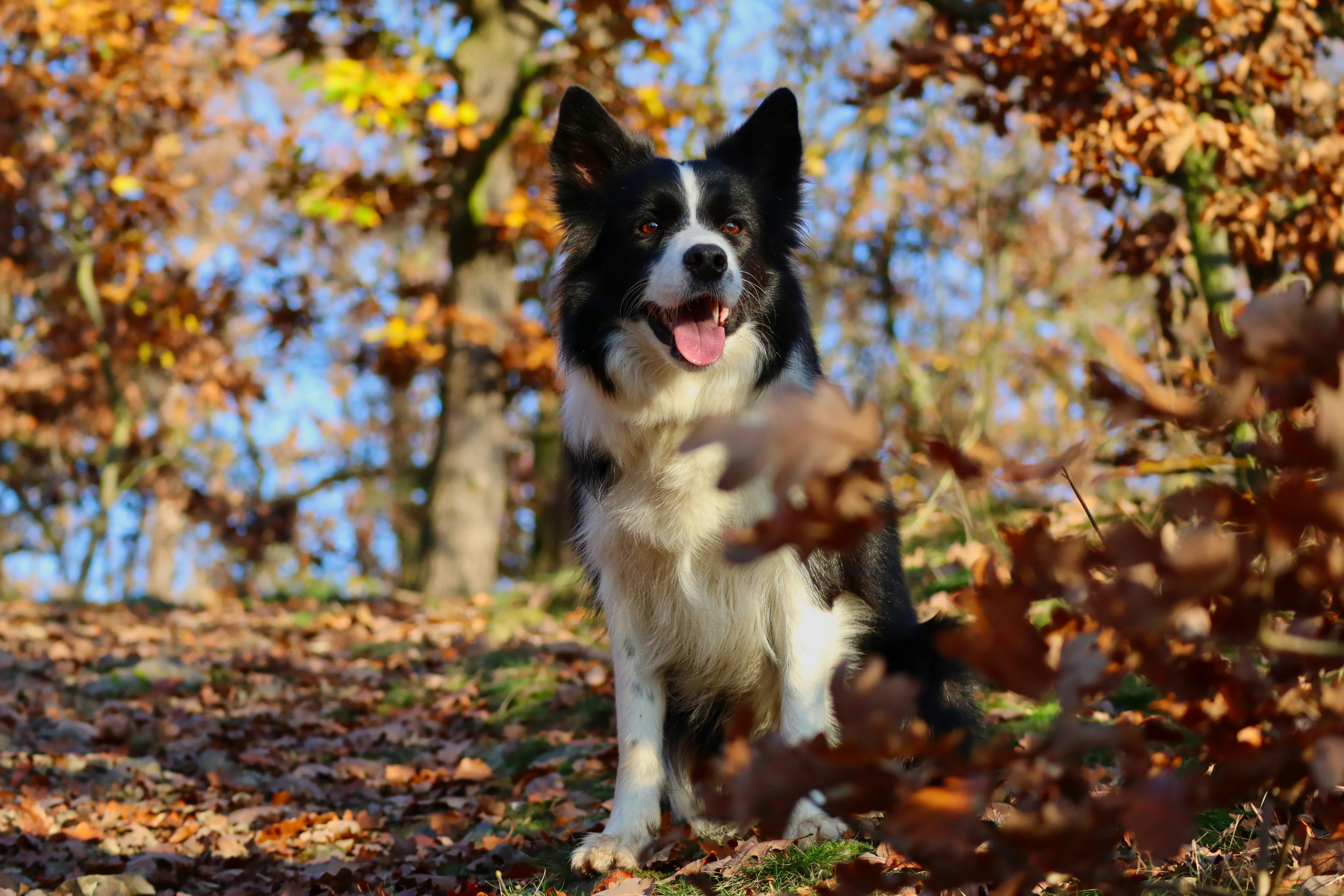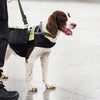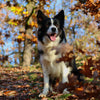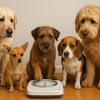Dogs and the Clocks Going Back: How to Help Your Dog Adjust to Shorter Days

When the clocks go back, our dogs often feel the difference more than we do. They don’t tell time by the clock but by routine, daylight, and the rhythm of our days — so when that suddenly changes, it can leave them feeling confused or restless. As darker evenings set in and the weather turns damp and chilly, helping your dog adjust is about more than just walk times. It’s about keeping them happy, active, and comfortable right through the winter — with a little help from good routines, indoor games, and joint and coat care support from Ace Canine.

Dogs Don’t Watch the Clock — They Watch You
Dogs have an incredible sense of routine. They learn when it’s walk time, dinner time, and even when you’re due home — but not by reading the clock. Instead, they pick up on patterns, light levels, and your daily behaviour.
When the clocks change at the end of British Summer Time, that routine suddenly shifts by an hour. A dog expecting breakfast at 7am might now be waiting eagerly at 6am, and an evening walk that used to be bathed in daylight might now be in darkness.
A few days of confusion or restlessness are completely normal. The best way to help them adjust is to ease into the new schedule gradually if possible, and keep other routines — like mealtimes, play, and rest — consistent.
Adapting Walk Routines for Shorter Days
The darker evenings can make fitting in good walks a challenge. Try to make the most of daylight where you can — perhaps a slightly earlier morning outing, a quick lunchtime walk, or a later afternoon trip before the sun sets.
If you’re walking before work or after dark, a few simple safety measures can make a big difference for both you and your dog:
- High-visibility leads, collars or coats help your dog stay seen.
- LED collar lights are brilliant for spotting your dog in low light.
- High-visibility clothing or vests for you ensure you’re visible to traffic and cyclists.
- A torch or head torch helps you see uneven paths and makes you more noticeable on darker roads or trails.
- Stick to well-lit paths or familiar routes to avoid hazards in the dark.
Even a shorter, brisk walk can do wonders for your dog’s physical and mental health — and your own!

Keeping Dogs Busy on Dark Evenings
When evenings feel long and gloomy, your dog may need extra entertainment to stay calm and content. Darker, quieter evenings can actually be a great opportunity to teach new tricks or refresh old ones.
Mental stimulation is just as important as exercise. Try a few easy, fun ideas:
- “Find it” games — hide treats or toys around a room and encourage your dog to sniff them out.
- Puzzle feeders or snuffle mats to make dinner time more interesting.
- Short training sessions — learning a new trick, like “spin” or “tidy up,” is great for bonding and focus.
Even 10–15 minutes of brainwork can tire your dog out as much as a long walk — and it keeps their mind sharp through the winter months.
Weatherproofing: Coats, Paws and Towels
British winters are famous for soggy walks and muddy paws. The constant damp can leave some dogs’ skin or paws irritated, especially when salt and grit appear on the roads.
A few simple habits make a big difference:
- Rinse paws after winter walks to remove salt, mud and grit.
- Have dog towels ready — ideally more than one! Keep them by the door so you can dry your dog off before they dash through the house spreading their dog shake splatter up every wall.
- If you can, set up a drying area — maybe near the back door or in a utility space so damp towels and coats can hang without spreading that unmistakable “wet dog” aroma everywhere.
And of course, drying coats or quick-dry dog robes can make post-walk cleanup much easier.
Supporting Health from the Inside
As the temperature drops, dogs often move less, and damp conditions can make stiff joints feel worse — especially for older dogs. Skin and coat issues can also crop up when central heating dries the air indoors.
A few small additions to their routine can help support overall wellbeing through the colder months:
- Joint support supplements, such as Ace Canine’s FlexSprinkle, can help maintain comfort and mobility — especially for dogs who slow down in the cold.
- Phylax is a smart choice for active or working dogs, supporting joint protection, an opportunity to prevent damage before it begins.
- For dog owners feeling the chill too, i-Flex can help keep your own joints supple and comfortable.
- Biotin Max helps maintain a soft, healthy coat and strong nails, especially useful when wet, muddy conditions and indoor heating take their toll.
Supporting your dog’s health from within helps them stay comfortable, glossy, and active all winter long.

A Consistent Routine Keeps Dogs Happy
It might take your dog a few days or even a week to adjust to the new rhythm after the clocks change. Keep things consistent, make small tweaks where you can, and don’t worry if they seem a little out of sync — they’ll soon settle into their new “normal.”
They may not understand why the world suddenly got darker earlier, but with a steady routine, some fun indoor games, and a stack of clean towels at the ready, your dog can stay happy, healthy, and full of energy all winter long.
-
Posted in
Competition dogs, Crufts, Dog Agility, Dog Agility Fitness, Dog Anxiety, dog arthritis, Dog cataracts, Dog dull coat, Dog hair loss, Dog health, dog itchy skin, dog joint pain, Dog joint supplement comparisons, Guide Dogs, Gun dogs, The No1 dog joint care supplement, The Strongest Green Lipped Mussel Supplement, Working dogs game season










